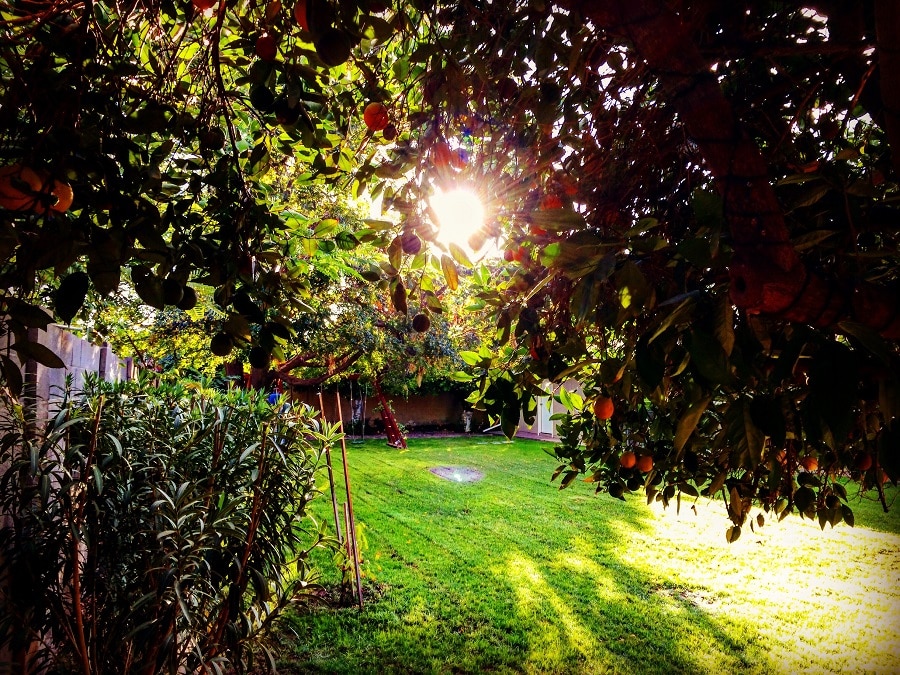Do you ever stop to appreciate the wonders of nature? Take a moment to pause and take in all that nature offers: beautiful landscapes, majestic animals, and calming sounds. While enjoying these sights and sounds of nature may be enough for some people, there’s much more to learn about the natural world around you.
Learning something new can add even more appreciation for our environment, whether it’s well-known facts or interesting tidbits that very few know about. This article will explore some fun facts related to nature, so get ready for an adventure through the wild unknown!
Contents
The World’s Oldest Tree Is More Than 5,000 Years Old
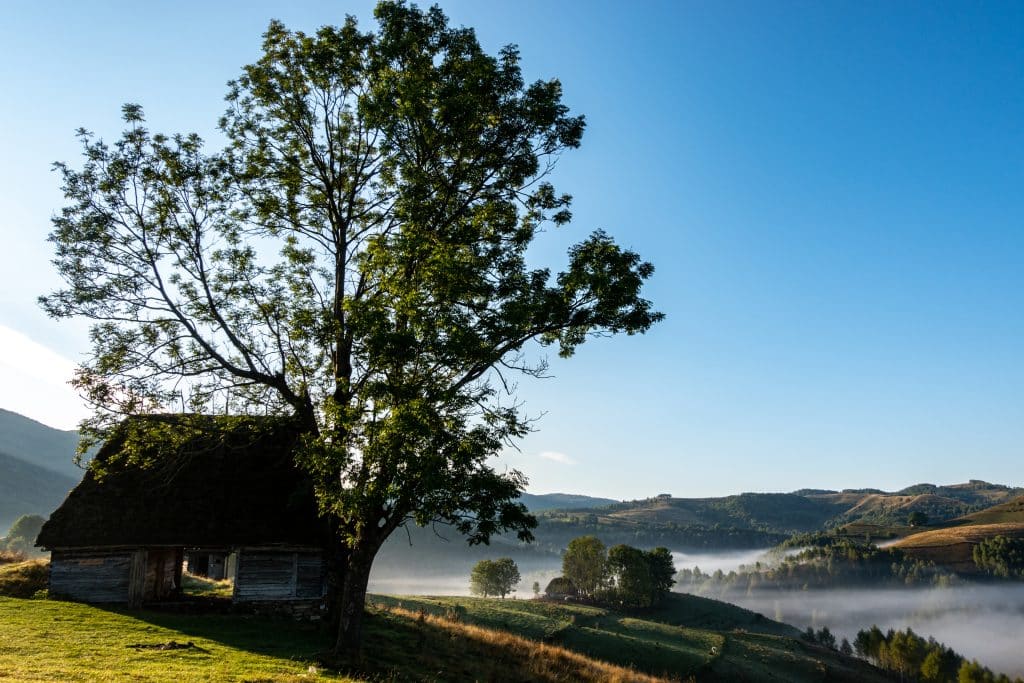
Move over sequoias; it’s time for Methuselah – the oldest non-clonal tree in the world that makes your age seem like child’s play! This incredible tree, located in the White Mountains of California, has been standing tall since around 3,200 BC. Although research indicates that its sex isn’t 100% clear, what is known is that it has survived more than five millennia making it the longest-living individual on Earth.
And if this isn’t impressive enough for you, imagine coming back to check in with Methuselah after another thousand years to find out that it’s still going strong! Sure a few wrinkles here and there may have taken form in all those years, but hey – don’t we all learn something from Methuselah? You can always keep kicking and going strong, no matter how old you are.
The Amazon Rainforest Produces 20% Of The World’s Oxygen Supply
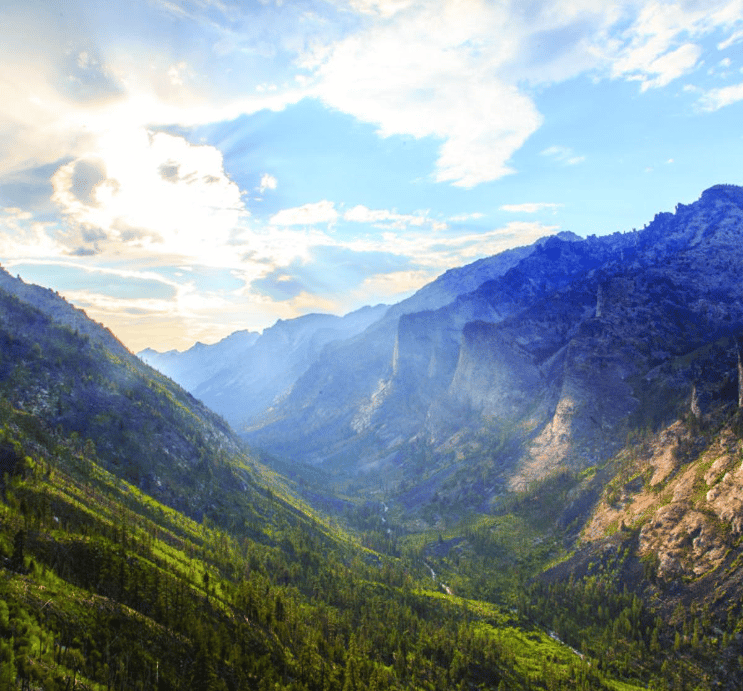
Talk about something important, and you’d think the sky would be the limit in talking about it – but when it comes to the Amazon Rainforest, even the sky is no limit! This lush and remarkable ecosystem takes its massive role in keeping everyone on Earth breathing quite literally, providing over 20% of our planet’s oxygen supply and acting as a much-needed carbon sink.
But there’s more to the Amazon than just being our figurative life support system – its unique biodiversity makes it an invaluable part of our global ecosystem, hosting millions of plants and animals found nowhere else on Earth. All this begs one pressing question: if you’re relying on this natural wonder for basic (and vital) needs like air, shouldn’t we do more to ensure its safety?
There Are More Than 1 Million Species Of Insects On Earth
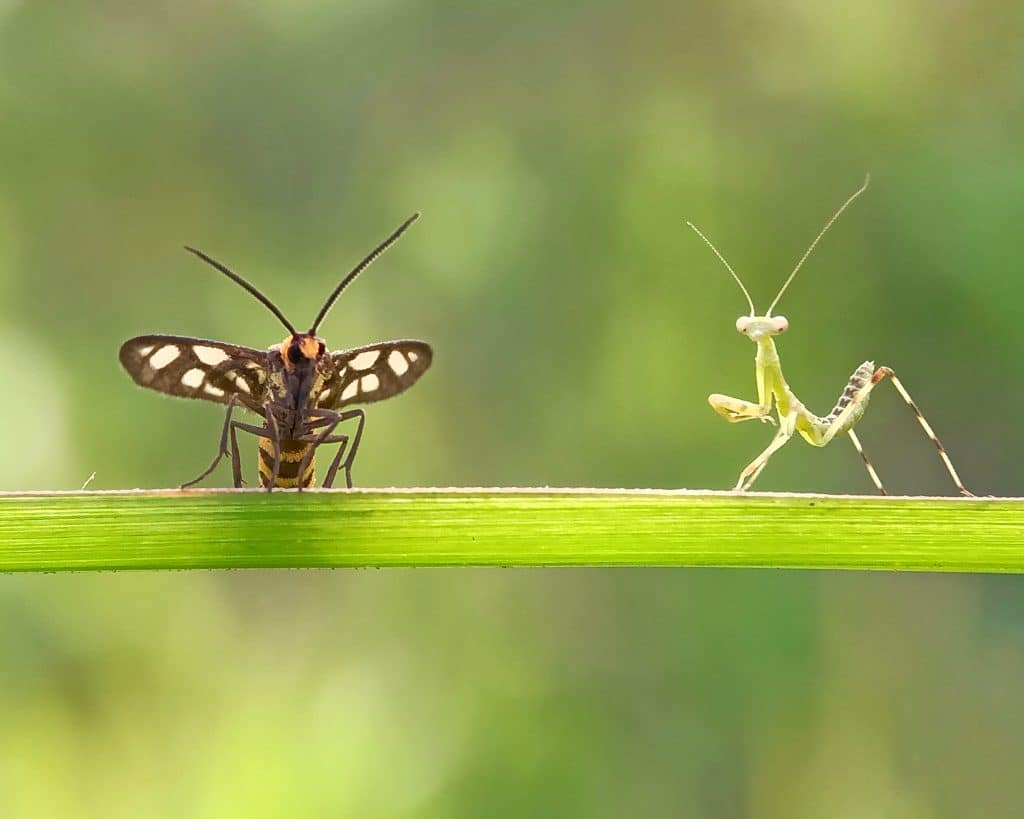
The idea of over one million species of insects buzzing and fluttering around you can be overwhelming. But why should it? Think about the diversity of shapes, sizes, colors, and behaviors these creatures give you – which are undoubtedly more abundant than most of you ever imagined.
What’s more, they contribute to so much of our foundation on Earth, pollinating our food crops and providing a necessary “clean-up team” in our ecosystem by assisting in decomposing organic matter. With their complex lifecycles and interesting traits, it’s no wonder why so many people find fascination in their six-legged inhabitants. Although we might not want them around all the time, having an appreciation for insects can help you understand how much life does exist on this planet!
The World’s Largest Desert Is The Sahara Desert In North Africa
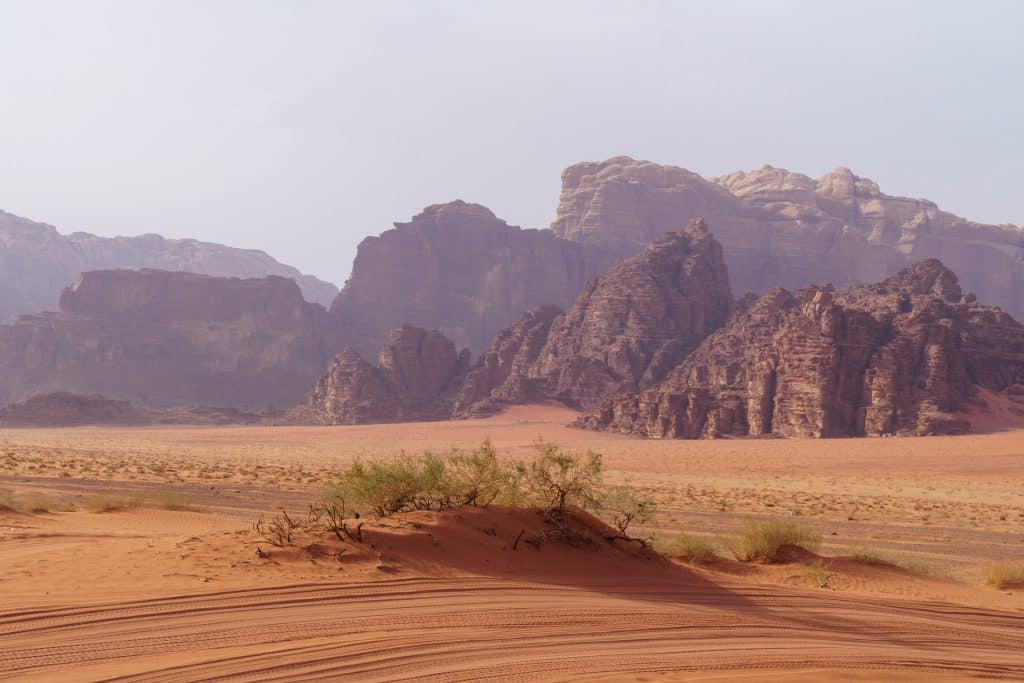
Who knew such a stunningly gorgeous and expansive desert could be known as the “world’s largest desert”? The Sahara Desert, stretching across North Africa, hardly fits the description of something we typically associate with deserts: barren, lifeless, and full of sand.
The Sahara Desert is full of sand, but there’s much more to it. Examples include majestic mountains contrasted by soft golden sands and startlingly blue lakes. This diverse landscape is also home to hundreds of unique wildlife species and plants. Seeing the Sahara Desert up close will transport you to another world; you won’t believe your eyes!
The Average Lifespan Of A Butterfly Is Two Weeks
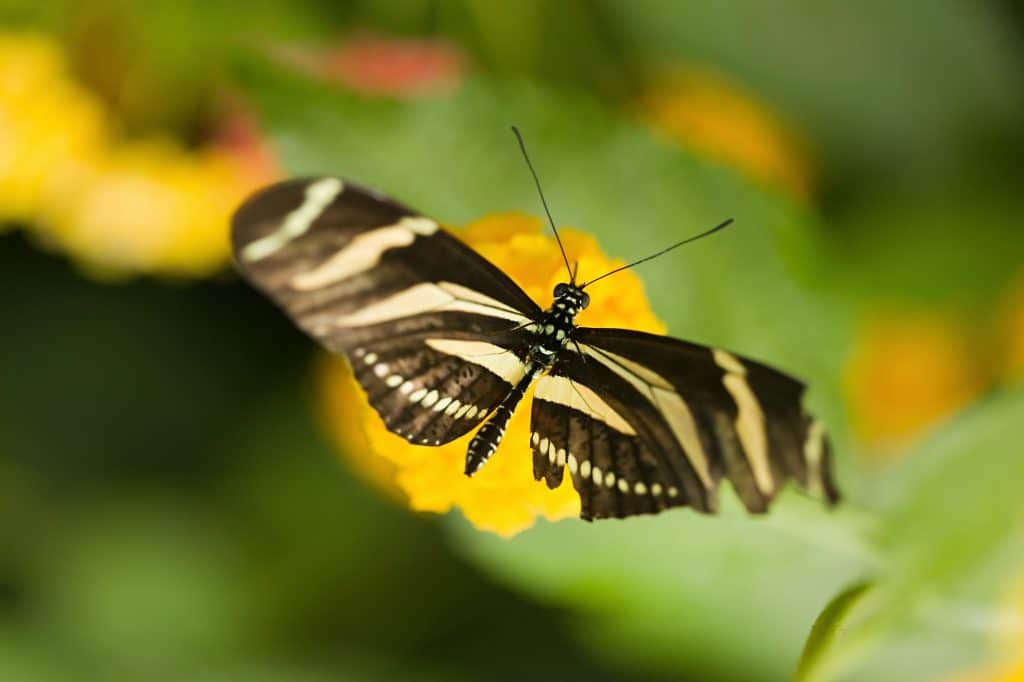
With such a short lifespan, there’s a lot to do before you can say, “Buh-bye butterfly!” These colorful creatures only have two weeks before heading to that great butterfly garden in the sky. So to make the most of their brief life span, butterflies strive to find food, find a mate and take full advantage of their wings.
After all, there’s no time like the present – especially if you’re a butterfly! While it may seem unfortunate that butterflies don’t get much time on Earth, their every moment is precious and vital in helping keep our environment healthy and balanced. Plus, who doesn’t love watching these majestic creatures flutter from flower to flower – or wherever else the wind takes them?
Over 10,000 New Plant Species Are Discovered Every Year!
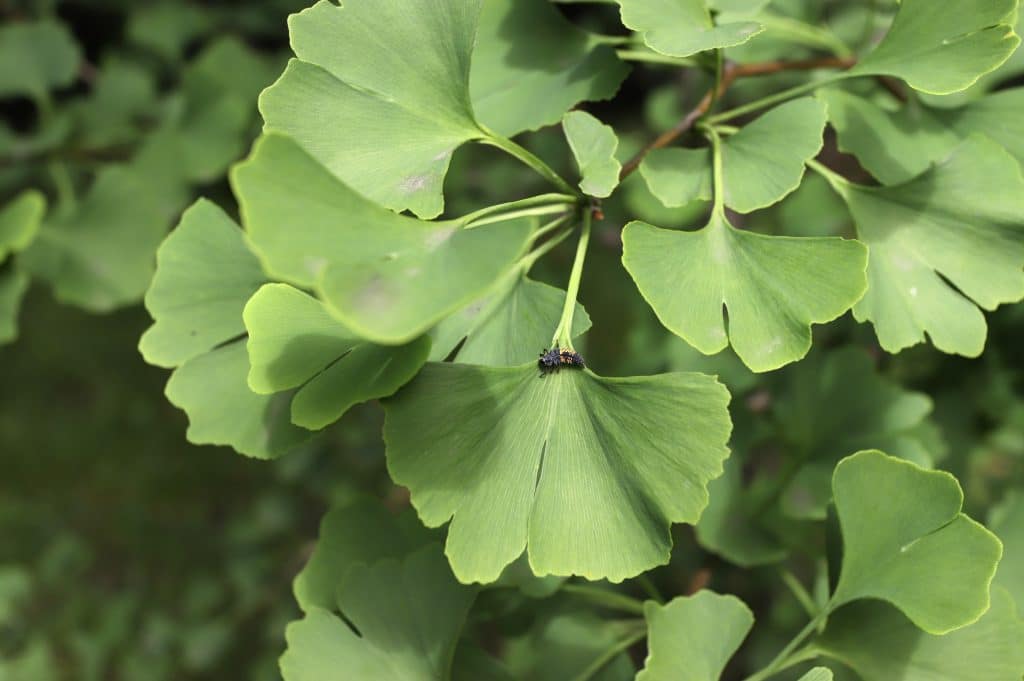
The green thumb gene has never been stronger! Every year we discover a stunning new array of plant species, with estimates ranging from 10,000 to over 15,000. It’s almost as if the Earth is giving you a little nudge. This massive discovery helps foster our battle against the climate crisis, but it also reminds us that nature and its growth capabilities are far more extensive than you!
Whether it be the power of a flower or the strength of an oak tree, it’s astounding to think just how many new plants there are out there that we didn’t even know existed. Yet, even with so many species plagued by extinction, discovering these new ones fills us with the hope that Mother Nature still has things under control.
The Tallest Animal On Earth Is The Giraffe, Which Can Grow Up To 19 Feet Tall
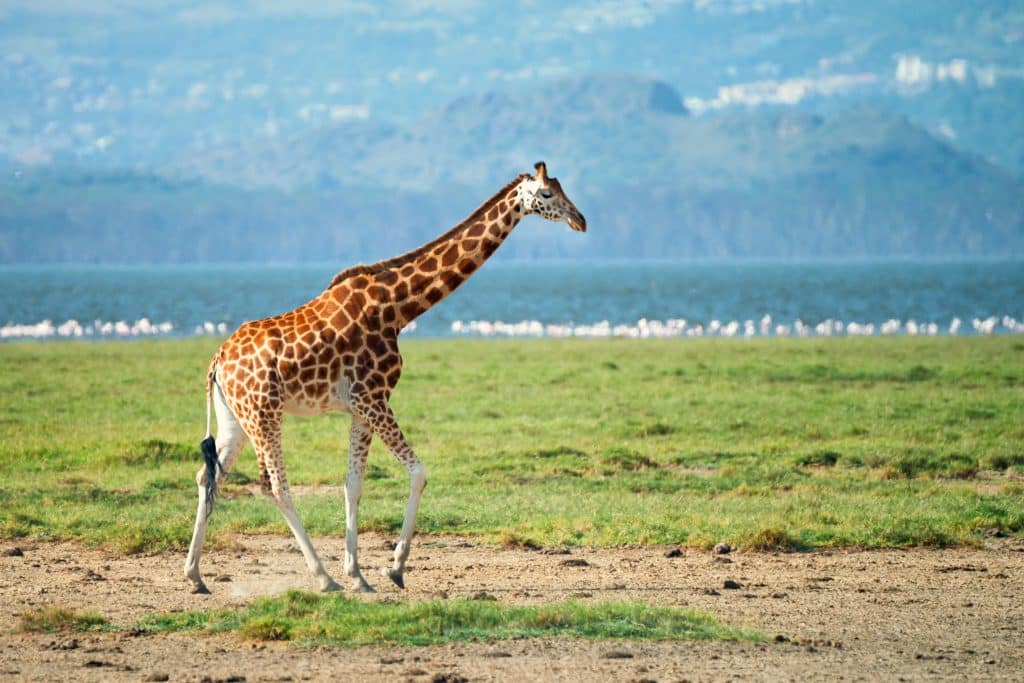
When asked to name the tallest animal on Earth, you could come up with a few good guesses. But though you may think of typical giants like elephants or rhinos, neither can even come close to the impressive height that giraffes can reach.
With their long necks giving them an edge, these gentle giants can reach upwards of 19 feet tall – that’s like having several people stacked atop one another! But, all joking aside, it’s awe-inspiring; giraffes have adapted their stature to get food that may be unreachable for other animals due to their unique environment. So next time you come across a giraffe, take a moment and admire its true greatness!
A Hummingbird Can Flap Its Wings Up To 80 Times Per Second
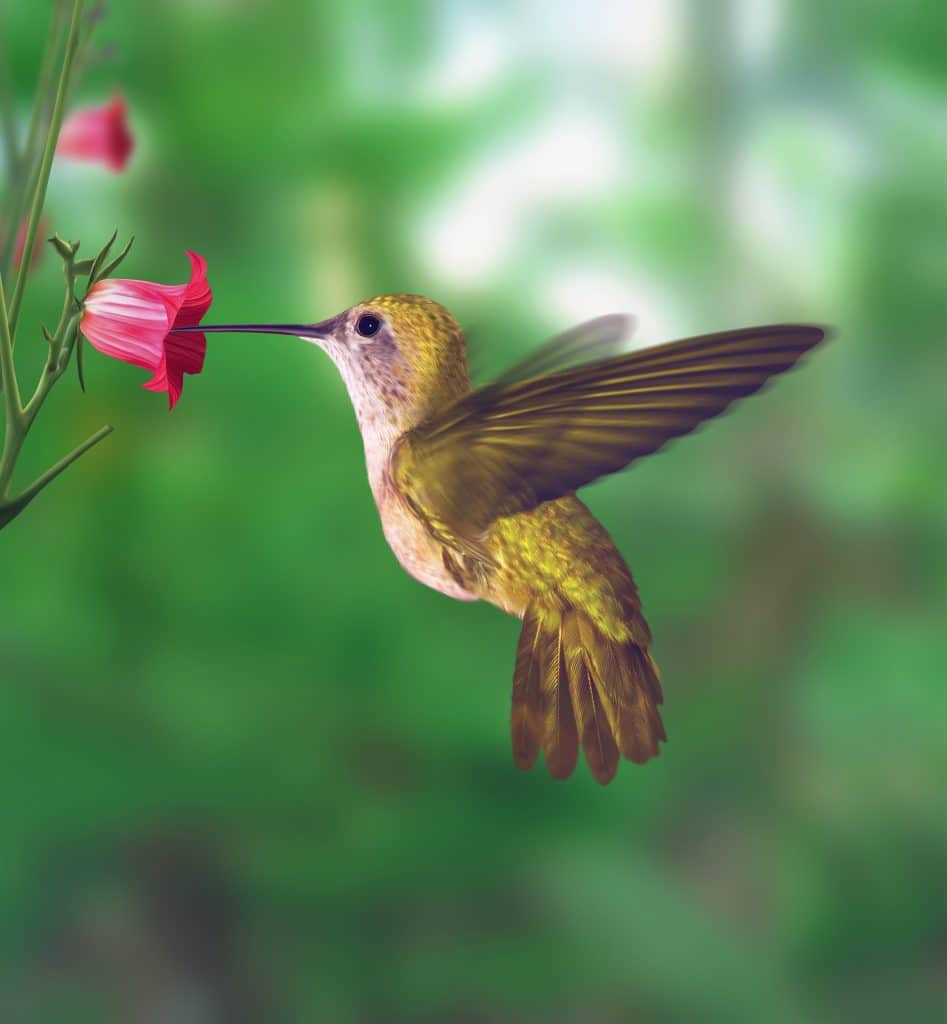
If you ever wondered how hummingbirds seem to magically fly around your garden, now you know! Their wings beat at an incredible rate of up to 80 times per second, allowing them to move around quickly. Hummingbirds are an absolute marvel in the animal kingdom: they can maneuver with such finesse and travel long distances due to their extraordinary speed. While most birds may flap away slowly in comparison, hummingbirds prove that there is definitely a speed limit when it comes to flying.
Appreciate All That Nature Does
From the fresh smell of a pine forest to the gentle humming of bees, nature is all around you and helps you in more ways than we know. Spending time outside can benefit your physical and mental well-being by providing you with clean air and water, age-old medicinal plants, stress-reducing views, and a sense of connectedness. So take time for yourself and commune with nature – your body and mind will thank you for it!


